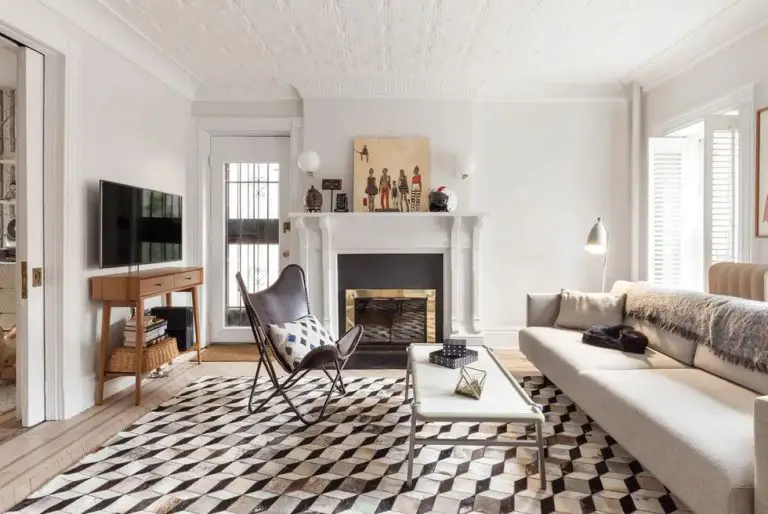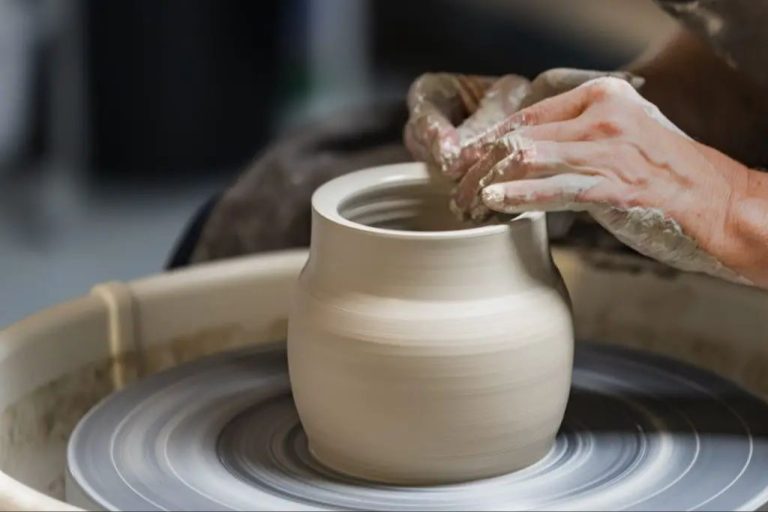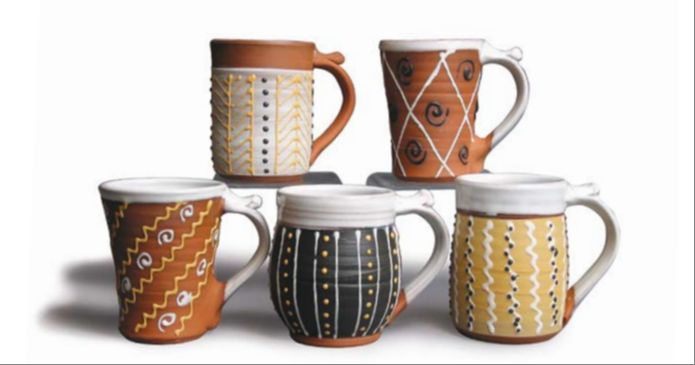Can You Mix Polymer Clay Colors?
Polymer clay is an artists’ modeling material made from PVC resin along with various additives like plasticizers and pigments. Unlike regular clays that harden when dried, polymer clays cure and harden when baked at relatively low temperatures. Polymer clay is popular for arts and crafts due to its bright colors and ability to be shaped before baking.
One of the great benefits of polymer clay is the ability to mix colors by blending two or more colors of clay together. This allows artists to create custom colors to achieve the exact shades needed for their projects. Mixing colors also provides for gradients, marbled effects, and other unique color combinations. With a palette of just a few base colors, polymer clay artists can mix an endless spectrum of hues.
Reasons to Mix Colors
There are several reasons why you may want to mix polymer clay colors together:
-
Achieve new shades – By blending colors together, you can create shades that don’t exist on their own. Mixing allows you to expand your color palette beyond what’s available in manufactured polymer clay.
-
Fix color imperfections – If a polymer clay color is too light, too dark, or has an undertone you don’t like, you can modify it by mixing in small amounts of other colors. This lets you tweak a color to get the exact hue you want.
-
Blend colors – Mixing colors makes it easy to create smooth blends and gradients in your polymer clay pieces. You can transition from one color to another seamlessly.
Basic Color Theory
Understanding some basic color theory can help when mixing polymer clay colors. This includes knowing about primary, secondary, and tertiary colors, as well as complementary colors.
The primary colors are red, yellow and blue. Primary colors can’t be created by mixing other colors. When you mix two primary colors together, you get the secondary colors of orange, green and purple.
Tertiary colors are made by mixing a primary and secondary color. For example, mixing red (primary) and orange (secondary) makes red-orange. Other tertiary colors include yellow-green, blue-violet, etc.
Complementary colors are located opposite each other on the color wheel. Common complementary pairs are red/green, blue/orange, and yellow/purple. Using complementary colors together creates a vibrant, high-contrast look.
Knowing these color relationships allows you to strategically mix polymer clay to achieve the secondary and tertiary hues you want. You can also intentionally use complementary colors together for dramatic effects.
Mixing Techniques
There are a few different techniques you can use to mix polymer clay colors. Here are some of the most common methods:
Hand Mixing
The simplest way to mix colors is by hand. Break off pieces of the colors you want to mix and knead them together until fully incorporated. This works best when mixing small amounts of clay. Keep kneading and folding the clay over itself until the color is uniform.
Pasta Machine
You can also use a pasta machine to mix colors. Run each color through the pasta machine separately. Then stack those sheets together and run them through the pasta machine several times, folding the sheets over after each pass. The pressure from the rollers will blend the colors together evenly. Wider machines work better than narrow ones.
Blender
For large batches, using a food processor or blender can save time and effort. Break the clay into cubes first, then process in batches until fully blended. Take care not to overmix, as too much friction can warm and soften the clay.
Mixing Tips
When first mixing new colors of polymer clay, it’s best to start with small amounts. Only mix as much as you need for your current project. This prevents wasting clay if your custom color doesn’t turn out quite right. It also makes tweaking the mixture easier since you’re working with less material.
Before mixing any new polymer clay colors, it’s a good idea to condition the clay first. Knead each color separately until smooth and pliable. This makes it easier for the colors to blend and disperse evenly. Well-conditioned clay incorporates much better.
Be sure to mix thoroughly when blending clay colors. Fold the colors together repeatedly to achieve a uniform consistency. Avoid overmixing, as this can cause the clay to become stiff. But under-mixing will lead to streaking or inconsistent results. Mix just until the colors are fully blended with no visible swirls or pockets of a single color.
Common Color Combinations
When mixing polymer clay, some of the most popular color combinations include:
Skin Tones
Mixing colors to achieve realistic skin tones takes some practice. Start with a base of tan or light brown clay. Add a small amount of red, yellow, or orange to warm it up. Add white to lighten the skin tone, or black to darken it. A touch of blue or purple can create cool undertones.
Natural Colors
Nature provides endless inspiration for mixing colors. Greens can be mixed from blues and yellows. Mix browns from reds, yellows, blacks, and whites. Add white to lighten and black to darken the saturation. Experiment with mixing multiple shades of green for leaves and stems.
Jewel Tones
For rich, saturated colors, mix two pure hues together. Try combining a bright blue with a deep purple or mixing a vivid red and emerald green. Adding white will soften and lighten jewel tones while black will create deeper shades.
Avoid Contamination
When mixing polymer clay colors, it’s important to avoid contaminating your clay. Here are some tips:
Keep work surface clean – Make sure your work surface is free of dust and debris before starting. Wipe down the area with a lint-free cloth or wet paper towel.
Dedicate tools – Use dedicated sculpting and mixing tools for each color of clay. Don’t use the same tool for mixing different colors, as this can transfer pigments between them.
Store mixed colors separately – Once you’ve mixed a custom color, store it separately from other colors. Use small containers or resealable plastic bags. This prevents the custom color from picking up pigments from other clay.
Testing Your Mix
Once you’ve mixed your polymer clay colors, it’s important to test the results before using the custom color for a project. Here are some tips for testing your mixed clay colors:
Bake a small sample of the mixed clay according to the manufacturer’s instructions. Let the sample cool completely. Inspect the baked sample closely to see if the color is exactly what you were aiming for. Polymer clay can sometimes change shade slightly during baking.
If the color is not quite right, make a note of how it differs from your expectations. Does it need to be brighter, darker, more muted? Identify how you want to adjust the color mixture.
Based on your test results, you can remix the clay and adjust the ratio of the original colors. If the color is too light, add more of the darker clay. If it’s too bright, add more of the muted clay. Testing samples will allow you to perfect the color blend.
Repeat the baking and testing process until the baked clay sample matches your desired shade. This may take a few iterations, but it enables you to achieve the perfect custom color.
Storing Mixed Clay
After mixing your custom polymer clay colors, it’s important to store the clay properly to keep the colors from fading, drying out, or becoming contaminated. Here are some tips for storing mixed clay:
Seal in plastic: Wrap mixed clay tightly in plastic wrap or place it in a resealable plastic bag, pressing out any air pockets. This prevents the clay from drying out and the colors from fading over time.
Label colors: Mark the plastic wrap or bag with the color name and brand/type of clay used. This makes it easy to identify custom mixes later.
Store mixed colors away from direct light, which can cause fading. Keeping clay sealed and labeled ensures your custom colors will stay vibrant for future projects.
Troubleshooting
Mixing polymer clay colors doesn’t always go as planned. Here are some tips for troubleshooting issues that arise:
Fixing Color Inaccuracies
If your mixed color ends up different than expected, you can try adding more of one color to correct it. Go slowly and add small amounts at a time until you achieve the desired hue. Keep notes so you’ll know how to recreate the color mix in the future.
Another option is to mix in a neutral color like white, black or gray to tone down the intensity of the color. Light colors can be darkened by adding a touch of black or gray. Dark or bright colors can be lightened with white.
Reconditioning Old Clay
Old or dry clay can be reconditioned by mixing in a product like liquid polymer clay or clay softener. Knead it in slowly until the clay becomes uniformly pliable again. Allow time for the reconditioner to fully incorporate before using the clay.
If clay has gotten dirty or contaminated with dust, try cutting away the outer layer of clay and just using the inner portion that hasn’t been exposed to contamination. It’s best to avoid overly dirty or damaged clay if possible.



